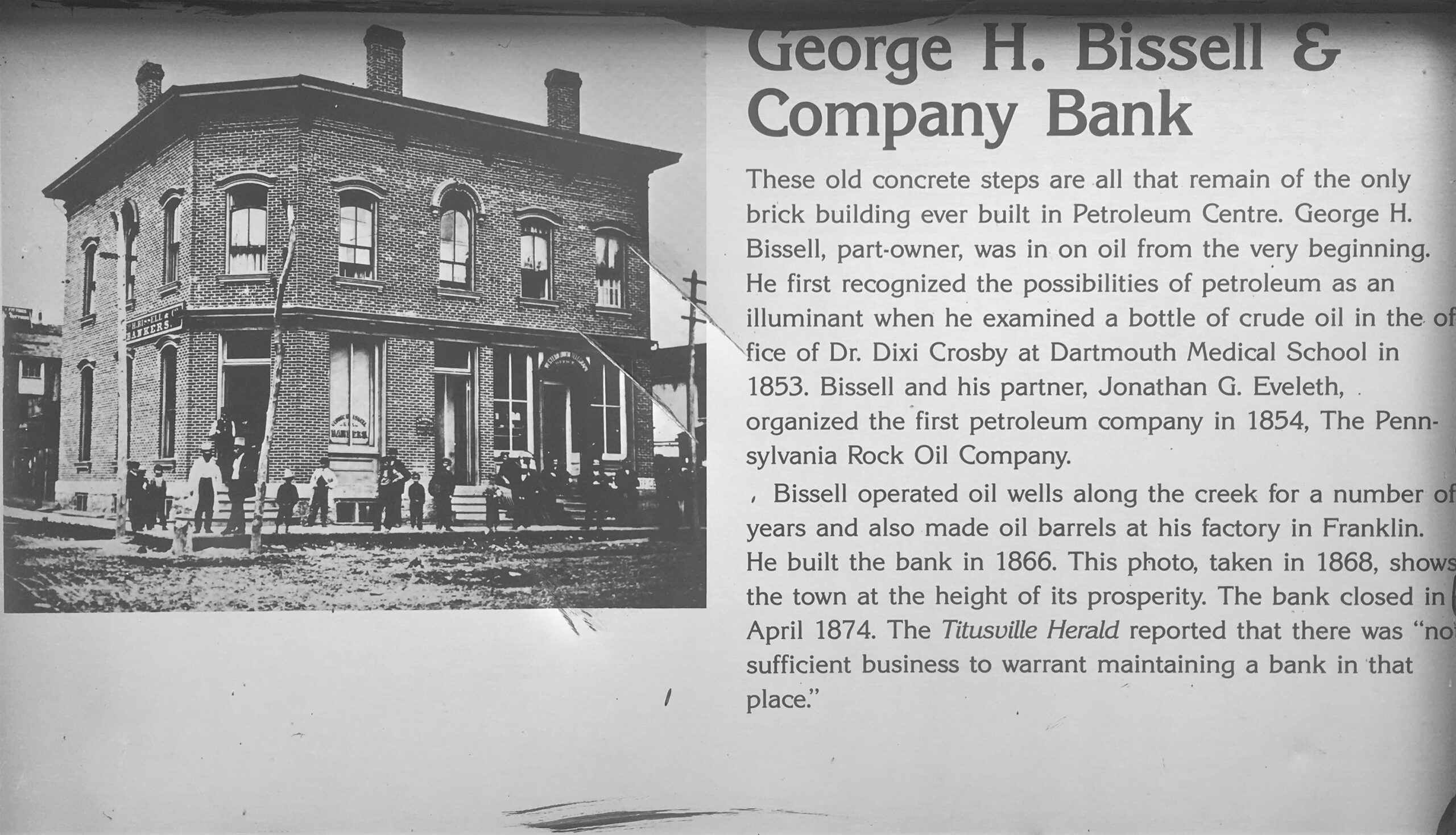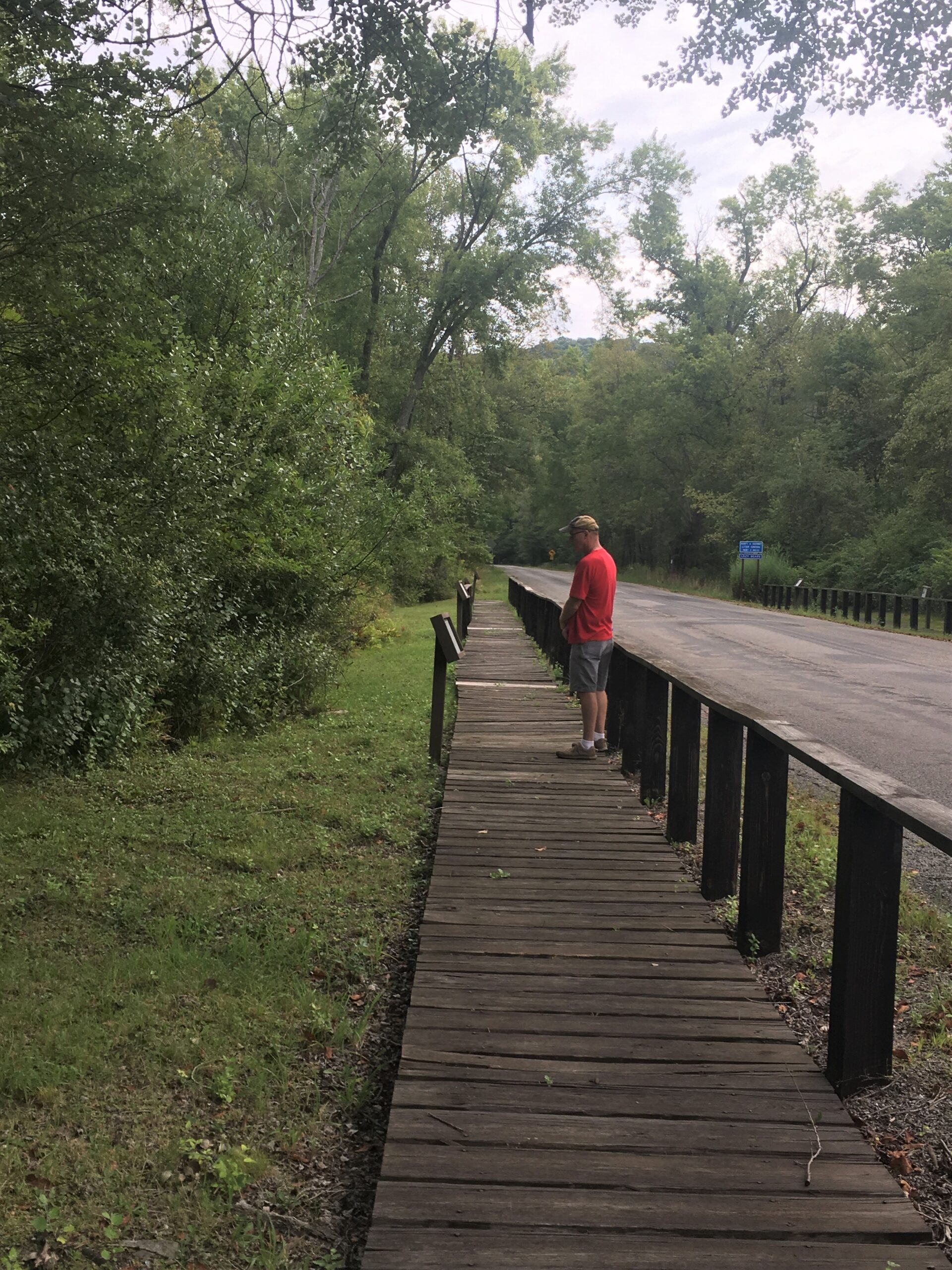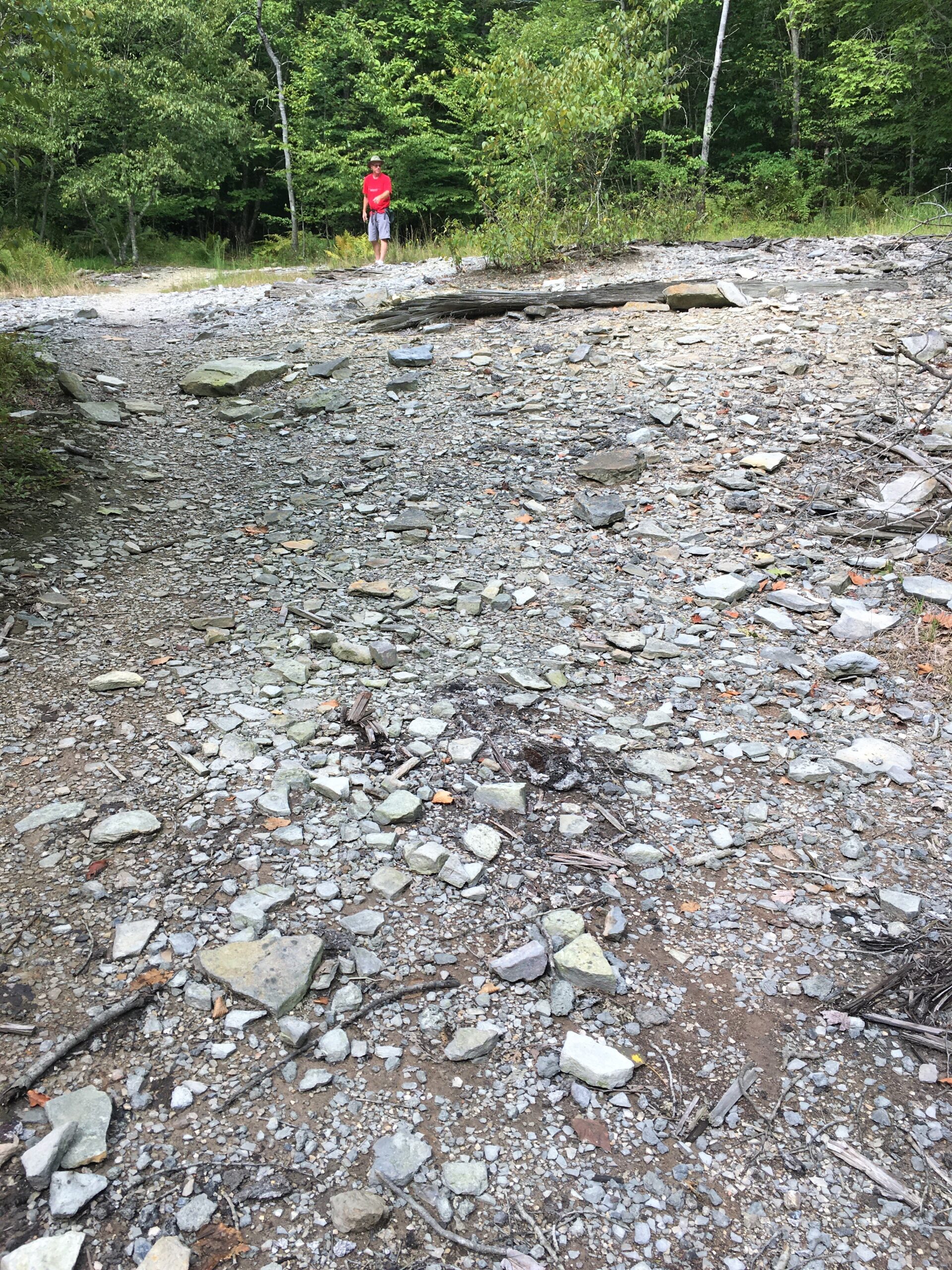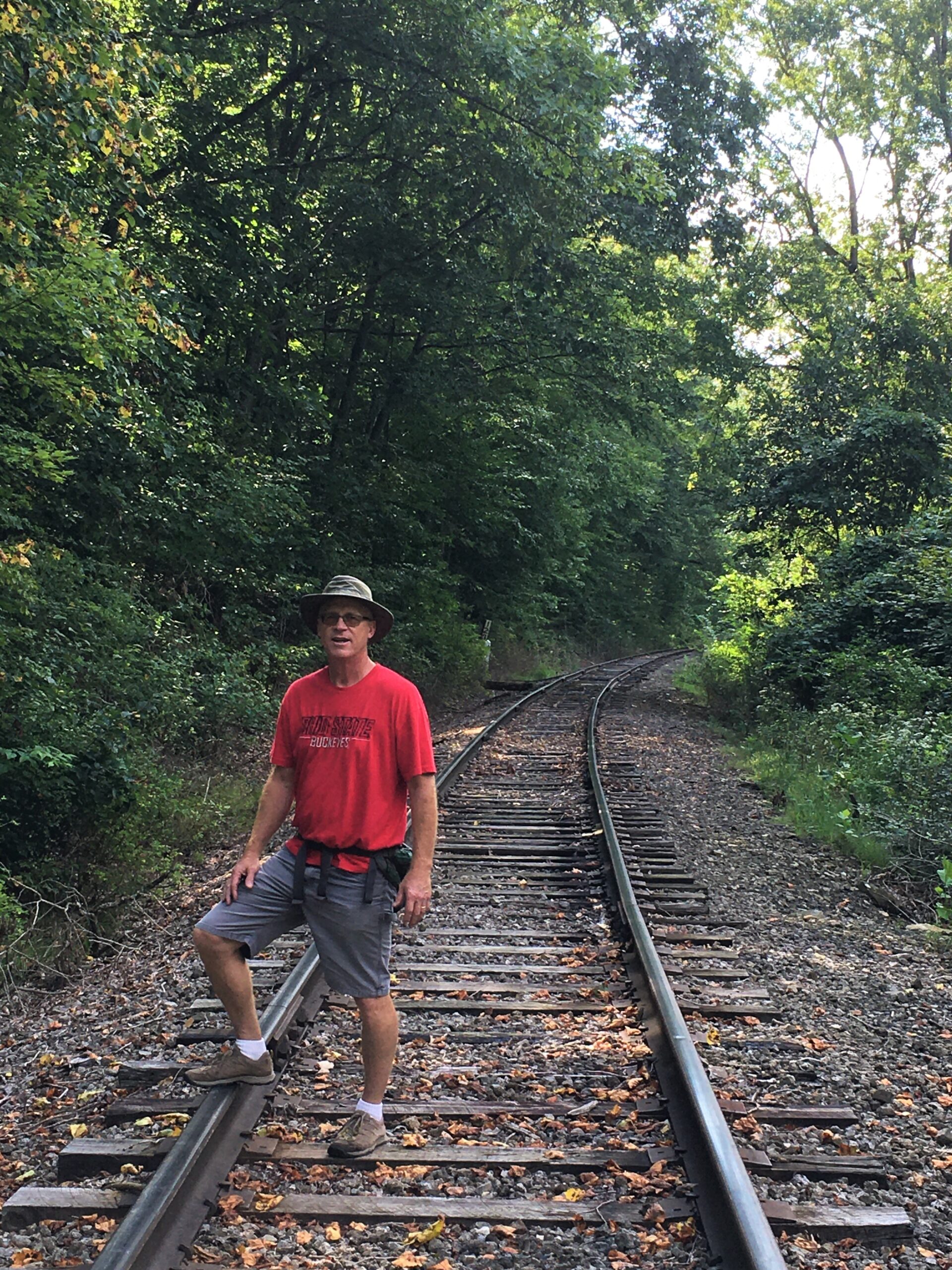Tionesta Lake COE, Tionesta, Pennsylvania
Joseph stayed in Egypt, along with all his father’s family. He lived a hundred and ten years and saw the third generation of Ephraim’s children. Also the children of Makir son of Manasseh were placed on Joseph’s knees. Then Joseph said to is brothers, “I am about to die. But God will surely come to your aid and take you up out of this land to the land He promised on oath to Abraham, Isaac and Jacob.” And Joseph made the sons of Israel swear an oath and said, “God will surely come to your aid, and then you must carry my bones up from this place.” So Joseph died at the age of a hundred and ten. And after they embalmed him, he was placed in a coffin in Egypt. ~ Genesis 50:22-26 You may wonder why Joseph cared about what happened to his bones. Hebrews 11:22 tells us that it was all about faith. Faith in the promises God made to his ancestors, faith that God would redeem His people and take them out of Egypt, and faith in the coming Christ. Men and women of the Old Testament are saved in much the same way we are – – through faith. In 1446BC (360 years later), Moses took Joseph’s bones with him when Pharaoh released the Israelites (Exodus 13:19). They carried him with them as they wandered the desert for the next 40 years. No one seems to know the exact timeline for the procuring of the Promised Land under Joshua, but thejewishbible.com says it’s 52 years. Regardless, just before Joshua died at 110 years old, he called all of Israel to meet in Shechem for a commitment ceremony to the Lord God. It was then, Joseph’s bones were given their final rest “…in the tract of land that Jacob bought for a hundred pieces of silver from the sons of Hamor, the father of Shechem.” (Joshua 24:32). What can we learn from all this? There are many things, as far as the life of Joseph goes. Hopefully, all these days of snippets have grown us! One of the things I see today is patience. God’s patience. The patience of the Old Testament saints. From the time Joseph was brought into captivity in Egypt until his bones were laid to rest, was around 550 years. Or, if you want to go from when he actually died, it’s been 440 years. What amazes me is that we are so impatient when compared with those in Scripture. We demand instant gratification. God expects faith and patience.
We’ve completed Genesis. Where shall we go from here? I’m praying about it and will pick up a study again after we leave home the end of October. In the meantime, we’ll enjoy reading random verses. 😊

“Thar’s oil in them there hills!”
Who knew?!? Certainly not us!
In researching places to visit around here, Blaine came across the Oil Creek State Park. We knew nothing about it, other than there was some hiking and another 10-mile bike trail.
We had no idea there were oil wells in Pennsylvania! A lot of them! There are estimates of over 200,000 abandoned oil wells in Western PA.




The State Park has made quite a few signs in order for us to learn about the oil boom time here from the first well in 1859 to the decline in the 1880’s. Towns sprang up and were flooded with people, then disappeared just as quickly when the oil stopped producing. One town, Pithole, only lasted three years!
Edwin Laurentine Drake (aka Colonel Drake, even though he was never in the military) was the driller of the first productive oil well in the United States on August 27, 1859 in Titusville, PA.

March 29, 1819 – November 8, 1880
And then, in 1901, as the oil was continuing to dry up in Pennsylvania, a great geyser erupted in Texas and the industry moved south.
We began with the Park’s 45-minute walk. The Ranger told us “It’s more like a 45-minute read than a walk.” It’s a lot of reading in a short walk. I’ll let the pictures tell you all about it. And no. I didn’t take pictures of all of them. Still. It might take you 45 minutes to read all the very interesting information. 😊











Go back and look at it, then look at this one again.
Notice the trees (or lack thereof). Crazy!


We didn’t go, but we heard it along our bike ride today, as well as catching a brief glimpse.











Once upon a time, Blaine built us a large picnic table.
He added a double child seat on the end so our two sons could sit at the table with us.
I sent this to them, but only the older one remembered it. Not surprised. They were pretty young.
Blaine took it off when they outgrew it.
Once we finished that up, we began the ten-mile bike trail. Mostly flat and asphalted! My kind of biking! It was beautiful, too! There were more signs along the way, too. We opted to read most of them on the way back, so we could rest more often. 😊








We could smell the oil or something as we approached.
After all these decades!
We parked our bikes and walked a short trail to get to it.

Anyway, whatever it was, the foliage has never grown back – – in over 100 years!






Everything, not just the wilting flower.
A-maz-ing!!!


It seems the trail we were on is a very small portion of the 270-mile (one way!) Erie to Pittsburgh Trail. At the end of the 10-mile portion we took on today, was the town of Titusville. There were plenty of places for lunch here, but we decided to see what Giant Eagle had. I told Blaine they wouldn’t have the variety the Giant Eagle Marketplace has back home in Green, Ohio, but he wanted to check it out anyway. Besides, it had to be better than McDonald’s or Burger King, right? We ended up with sandwiches, potato salad (just enough for two since we had no way to get it home) and donuts. What’s that you say? Which part was the best? The donuts of course!!

As I said, we checked out most of the signs on the way back.










of how God can make even something so gross look beautiful in its way.
And outside of a Creator, how would this particular spider species know to weave that pattern?
So much evidence of God – literally everywhere!
This beautiful, yellow and black garden spider is not poisonous and is a great addition to the garden landscape. Big, visible, circular webs appear all around the garden, especially in the late summer or early fall. It takes hours for the spider to create its impressive web. Most spiders have two claws on each foot, but the yellow garden spider has an additional claw to help it spin the complex web. Spider silk is one of the strongest natural fibers and uses UV-reflecting and non-reflecting silks in constructing the web. It gets the name “writing spider” because it weaves a zig-zag pattern in the middle of the web. The zig-zag design helps stabilize the large web. If disturbed, the spider will vibrate the web as a defense mechanism.
It is beneficial, as it eats mosquitoes, gnats, flies, aphids, and other bothersome pests. When a delectable insect gets caught in the sticky web, the vibrations alert the spider that dinner has arrived. The prey is injected with venom from the spider’s fangs and rapidly wrapped in silk. The spider will wait until the prey liquefies, so it can easily drink the fluid from its victim.
Ok. So the final sentence just reiterates the grossness! Blah!!! And Ewwww!!!
Since we’d read about it at the Park, we stopped by the Pithole Visitor Center on the way home. We’d actually passed it on our way, but had no idea what it was.
They weren’t open. In fact, they’re only open from June through August, if you can believe it!

It was pinned to a corkboard behind a window.
This and the next picture is all there is to tell you where you are.
Actually, I kinda lied.
They do have a mounted metal sign at the edge of the property along the road.


We walked around the outside for a minute, then drove the rest of the way home to brace the coach in case the dam breaches from all the rain we’re supposed to get the next few days.
Just kidding. It’s not that much. More like a steady ground-watering rain. You know. The kind gardens love. 😊


Hard to believe they’re related to us, isn’t it?
